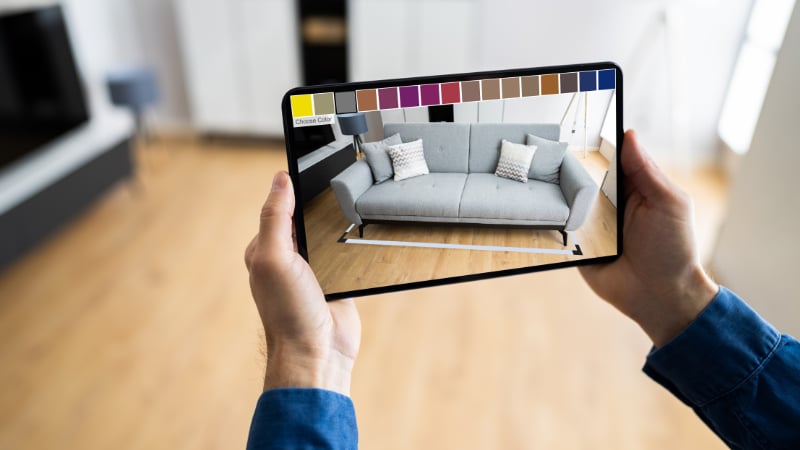Contents
In online retail, the use of three-dimensional representations has become a pivotal strategy. Incorporating 3D models for ecommerce not only enhances user experience but also elevates the interactive aspect of digital shopping platforms. This article delves into the process of crafting these virtual figures, shedding light on the steps and techniques involved. It aims to provide insightful knowledge into creating these representations, ensuring that the final product is visually appealing and functionally effective.
Step 1: Conceptualizing the Virtual Representation
Before diving into the technicalities, it is essential to have a clear vision of what the final product should look like. This involves deciding the level of detail, the angles from which the item will be viewed, and the aspects of the item that need emphasis. A detailed sketch or a basic prototype can be a valuable reference throughout creation. This initial planning phase is crucial as it sets the foundation for the digital figure and ensures that the final design accurately represents the product. It’s also an opportunity to brainstorm creative ways to showcase the product’s unique features and benefits.
Step 2: Choosing the Right Software
Selecting appropriate software is a crucial step. Several tools are available, each with its unique features and capabilities. The choice depends on the complexity of the design and the user’s proficiency. Some platforms are tailored for beginners, offering intuitive interfaces and basic functionalities, while others are more suited for professionals, providing advanced features and greater flexibility. It is vital to select software that not only matches the skill level of the user but also offers the necessary tools to bring the envisioned design to life. Additionally, considering future scalability and support for updates is important for long-term efficiency.
Step 3: Crafting the Virtual Figure
This stage involves the actual creation of the three-dimensional figure. It starts with building a basic shape and gradually adding layers of detail. Texture, color, and lighting play significant roles in making the representation realistic and appealing. It is important to continually refer to the initial concept to ensure the final product aligns with the envisioned design. Precision in this step is key, as it affects the overall quality and realism of the figure. Furthermore, it’s essential to ensure that the representation looks good and accurately represents the product’s dimensions and functionalities.
Step 4: Rendering and Refinement
Once the figure is complete, it undergoes a process called rendering. This step brings the figure to life, adding realism through enhanced lighting and shadows. Post-rendering, it is vital to refine the figure, making adjustments based on how it appears in different environments and from various angles. This ensures that the virtual representation accurately reflects the physical product. The refinement process often involves tweaking the smallest details to achieve perfection. It’s also an opportunity to test the figure under various lighting conditions and viewing angles, ensuring its effectiveness in diverse scenarios.
Step 5: Integration into the Online Platform
The final step is to integrate the figure into the online retail platform. This involves optimizing the file size to ensure it loads quickly without compromizing on quality. It is also important to ensure compatibility across different devices and browsers to provide a seamless experience to all users. Integration also involves considering the user interface and how customers will interact with the figure. It’s crucial to ensure that the figure is visually engaging and easy to navigate and understand, enhancing the overall user experience.
In conclusion, the incorporation of 3d models for ecommerce is a sophisticated yet rewarding process. It requires a blend of creativity, technical skill, and attention to detail. The result is a more engaging and interactive online shopping experience that can significantly boost customer interest and sales. By following these steps, retailers can effectively create and utilize three-dimensional representations, staying ahead in digital retail.


